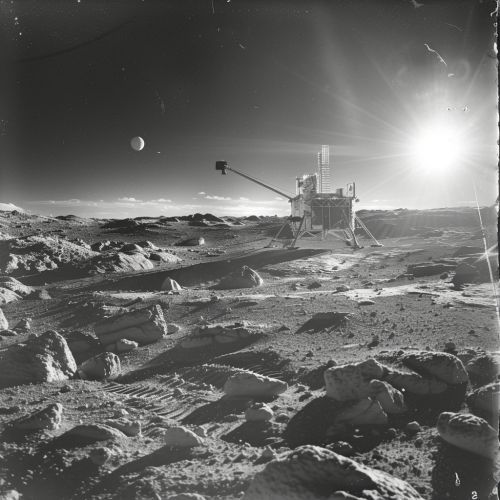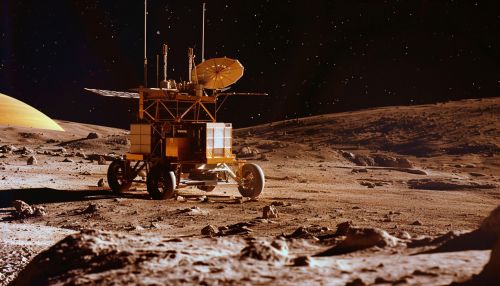Venera program
Introduction
The Venera program was a series of space missions developed by the Soviet Union between 1961 and 1984 to gather data from Venus. These missions were among the first to successfully land on another planet and transmit data back to Earth, providing invaluable insights into the atmosphere, surface, and environmental conditions of Venus. The program included a variety of spacecraft, ranging from flybys and orbiters to landers and atmospheric probes.
Historical Context
The Venera program was initiated during the Cold War era, a time of intense competition between the United States and the Soviet Union in the field of space exploration. The Soviet Union aimed to demonstrate its technological prowess and scientific capabilities by achieving significant milestones in space research. The Venera missions were part of a broader effort that included the Luna Program and the Mars Program.
Mission Objectives
The primary objectives of the Venera program were to:
- Study the atmosphere of Venus, including its composition, pressure, and temperature.
- Investigate the surface conditions and geological features of Venus.
- Analyze the planet's magnetic field and ionosphere.
- Conduct experiments to understand the interaction between the solar wind and Venusian atmosphere.
Mission Chronology
Early Missions (1961-1965)
The initial Venera missions focused on flybys and atmospheric entry. Venera 1, launched in 1961, was the first attempt but lost contact before reaching Venus. Subsequent missions, Venera 2 and Venera 3, also faced technical difficulties. Venera 3, however, became the first human-made object to impact another planet, despite losing communication before transmitting data.
Mid-Program Successes (1967-1975)
The Venera program saw significant successes starting with Venera 4 in 1967, which became the first spacecraft to transmit data from within the Venusian atmosphere. Venera 7, launched in 1970, was the first to transmit data from the surface of Venus, confirming extremely high temperatures and pressures. Venera 9 and Venera 10, launched in 1975, provided the first images of the Venusian surface.


Advanced Missions (1978-1984)
The later missions, including Venera 11 through Venera 14, focused on more detailed analyses of the Venusian atmosphere and surface. These missions carried advanced scientific instruments, such as spectrometers and cameras, to provide comprehensive data. Venera 15 and Venera 16, launched in 1983, were equipped with radar systems to map the Venusian surface, revealing detailed topographical features.
Scientific Discoveries
The Venera program made several groundbreaking discoveries:
- **Atmospheric Composition**: The missions confirmed that Venus's atmosphere is primarily composed of carbon dioxide, with clouds of sulfuric acid.
- **Surface Conditions**: Data from the landers revealed surface temperatures around 465°C (869°F) and pressures 90 times that of Earth's at sea level.
- **Geological Features**: Radar mapping identified features such as mountains, plains, and volcanic structures, suggesting active geological processes.
- **Magnetic Field and Ionosphere**: The absence of a significant magnetic field was confirmed, and detailed studies of the ionosphere were conducted.
Technological Innovations
The Venera program required numerous technological advancements to withstand the harsh conditions of Venus. Innovations included:
- **Heat Shields**: To protect the spacecraft during atmospheric entry.
- **Pressure Vessels**: To ensure the survival of scientific instruments under extreme pressure.
- **Cooling Systems**: To maintain operational temperatures for onboard electronics.
- **Advanced Communication Systems**: To transmit data over vast distances back to Earth.
Legacy and Impact
The Venera program significantly advanced our understanding of Venus and demonstrated the feasibility of interplanetary exploration. The data collected has been used in comparative planetology, helping scientists understand the differences and similarities between Earth and Venus. The program also paved the way for future missions by other space agencies, such as NASA's Magellan mission and the European Space Agency's Venus Express.
